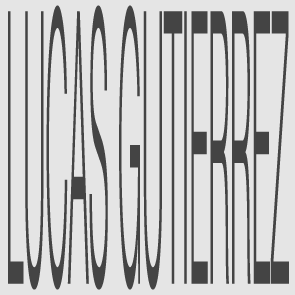Horror Vacui — A\/B
Digital print on acrylic
80 x 120 cm
A (left) is the positive digital composition of the space.
B (right) is the extruded representation of the lost space in version A.
The technique of photogrammetry enables us to rebuild physical spaces into virtual environments. The data collected records the physical topography of a given space. Through the analyzation of this data we are able to shape the mute/noncontent that photogrammetry cannot recognize. Thus, we are left with a ’true’ representation of a physical space that is inclusive of ‘natural’ (artificial) voids.
▬
What if Aristotle’s horror vacui theory was correct – a void does not exist in nature? It would be filled in by the material continuum surrounding it. A void is nothing, and nothing cannot exist. Through interconnected use of CGI, game engines and generative audio, how can both visualize and sonify a “void” that is grounded in physical material?
The possibility of activating the Void through art continues to be an important concern of contemporary artists. An exploration of the history of the iconography of the Void would go far beyond the scope of this introduction. In his horror vacui theory, Aristotle famously pronounced that nature abhors a vacuum. Though technically incorrect, this supposition has continued to resonate in the visual arts and the idea of the Void/Nothingness/Emptiness pervades art history. In the contemporary world it often falls upon the artist to create or bring attention to Voids in the physical world; to make works that have the ability to activate this charged Nothingness in the mind of the viewer. From Anish Kapoor’s literal Void series to Hiroshi Sugimoto’s Theaters and Seascapes , horror vacui explored via objects and environment still has the power to draw viewers in, to absorb their entire being and to transform their perception of the world around us.
Group show at Aperto Raum, Berlin 2018.
Together with Protey Temen and Anders Ehlin. Curated by A:D: Curatorial
This Vernissage was part of Vorspiel / transmediale & CTM 2018.
https://vorspiel.berlin/







